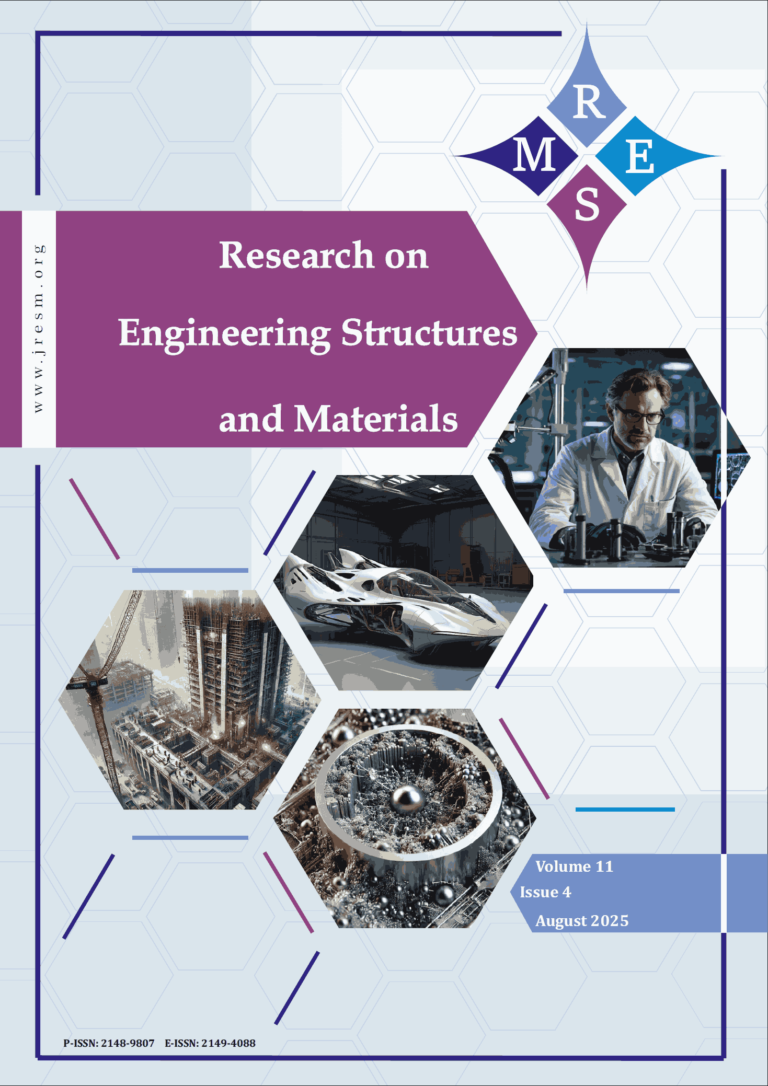Due to the complex working conditions of deep burial, proximity, and multiple interferences unique to subway engineering, the construction process inevitably causes additional deformation or even local damage to adjacent existing structures. In order to systematically study the settlement of pedestrian overpass foundation and deformation mechanism of upper structure caused by the construction of a certain subway entrance and exit, this paper takes the structural load characteristics and construction sequence of the subway entrance and exit as the starting point, integrates regional traffic organization and on-site construction constraints, and constructs a three-dimensional dynamic construction numerical model. The displacement response of pedestrian overpass foundation during the entire excavation and support loading process was accurately simulated using nonlinear coupling algorithm. The final results show that the established support system and construction parameter control provided best values in terms of horizontal and vertical displacements. The maximum horizontal displacement of the pedestrian overpass pile foundation induced by subway entrance and exit construction is 0.3 mm. The maximum vertical displacement of the main span pile foundation is 1.9 mm. Both values are considered lower than the standard limits, including the allowable total settlement value of the pile foundation of 127 mm and the horizontal displacement limit of the pile foundation of 31mm. The above results quantitatively verify the “controllability” of the impact of subway entrance and exit construction on the structural safety of pedestrian overpasses, which can provide theoretical basis and technical paradigm for risk assessment and dynamic control similar to adjacent construction.
